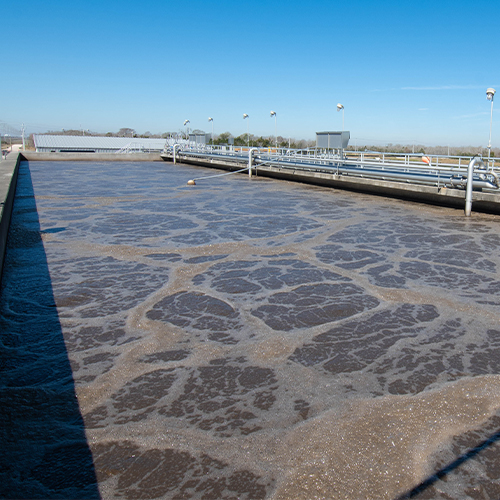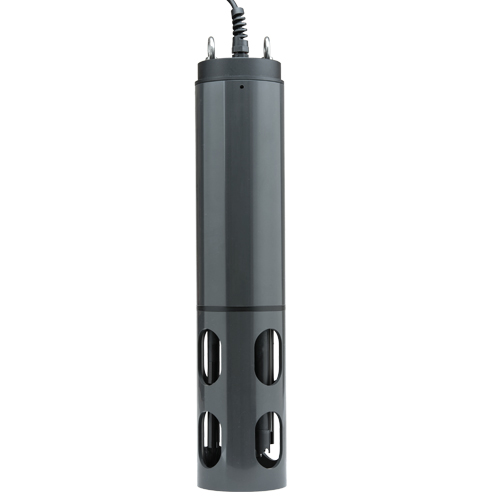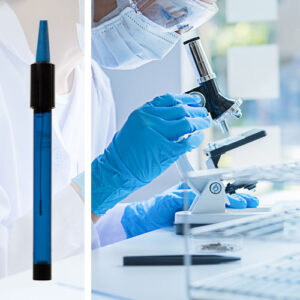Wastewater treatment plays a crucial role in preserving our environment and ensuring the availability of clean water for several purposes. As the global population increases and industries expand, the demand for effective wastewater treatment solutions is on the rise. Fortunately, emerging technologies are paving the way for innovative and sustainable approaches to address this challenge. In this article, we review the importance of wastewater treatment, how new technologies impact domestic, municipal, and industrial water usage, as well as current trends in treatment.
Importance of Wastewater Treatment
Wastewater treatment is essential for several reasons. First, untreated wastewater poses significant threats to public health and the environment. Contaminants in wastewater, including pathogens, nutrients, and pollutants, can lead to the spread of diseases and have detrimental effects on aquatic ecosystems. Moreover, the discharge of untreated wastewater can compromise the quality of drinking water sources. Thus jeopardizing the health and well-being of communities.
In addition to health and environmental concerns, there is a growing need to optimize water resources as freshwater becomes scarcer. When properly treated, wastewater serves as a valuable source of reclaimed water for purposes such as irrigation and industrial processes. This contributes to global water conservation efforts.
Technological Advancements in Domestic Wastewater Treatment
Several emerging technologies are transforming domestic wastewater treatment, which makes it more efficient and sustainable. Decentralized treatment systems, including compact membrane bioreactors and advanced oxidation processes, allow for on-site treatment. Thus reducing the strain on centralized facilities. Smart sensors and real-time monitoring systems enable better control and optimization of treatment processes, ensuring optimal performance and resource utilization. Furthermore, the integration of artificial intelligence (AI) and machine learning (ML) algorithms enhances predictive modeling and decision-making. These technologies help identify potential issues, optimize energy consumption, and streamline overall operations. Hence, resulting in better efficiency and cost effectiveness.
Municipal Wastewater Treatment Innovations
In the realm of municipal wastewater treatment, increasing demands of urbanization have led to the deployment of several innovative technologies. Methods involving anaerobic digestion, nutrient removal, and water reclamation are gaining traction. Some examples include:
- Advanced Oxidation: This process entails the use of chemical reagents or free radicals to break down persistent organic contaminants in wastewater. It is especially effective for managing chemical compounds that are difficult to treat with conventional methods.
- Ultrafiltration and Reverse Osmosis: These methods involve forcing water through membranes under high pressure. Thus, leaving contaminants behind, and producing high-quality water suitable for non-potable purposes.
- Photocatalytic Oxidation: A catalyst (titanium dioxide) that is activated by ultraviolet light serves to break down organic contaminants and microorganisms in wastewater. The catalyst is able to achieve this because the ultraviolet light triggers the generation of free radicals, which oxidize and degrade pollutants.
- Ultrasonic Reactors: Ultrasonic reactors use high-frequency ultrasonic waves to create microbubbles that collapse violently. Thus, generating high temperatures and pressures to disintegrate contaminants and microorganisms.
- Naturally or Genetically Enhanced Microorganisms: This entails selecting microorganisms or generating improved variants and then feeding them into the treatment process. These organisms are effective, especially when treating wastewater with refractory TOC/COD or specific contaminants.
- Electrocoagulation and Electrooxidation: This entails applying an electric current to eliminate pollutants via coagulation and oxidation processes.
Generally, these methods help alleviate pressure on freshwater sources and promote a more sustainable water cycle in urban environments.
Revolutionizing Industrial Wastewater Treatment
Industries are increasingly recognizing the importance of responsible water management. Thus, the deployment of cutting-edge technologies to treat complex effluents has become prevalent. Membrane filtration technologies such as nanofiltration and forward osmosis are proving effective in separating contaminants and ensuring compliance with discharge standards. In addition, the implementation of zero-liquid discharge (ZLD) systems is gaining traction in various industries. ZLD systems aim to minimize liquid waste generation by recovering and reusing water. Also, advanced oxidation processes, electrochemical treatment, and innovative biological treatment methods are employed in addressing specific contaminants in industrial effluents.
The Internet of Things (IoT) is playing an essential role in revolutionizing the digital transformation of wastewater treatment. Strategic positioning of IoT devices enables real-time collection of data, which is transmitted to a central platform for processing. This real-time monitoring enables early detection of illegal discharges and greater control even beyond the plant site.
Current Trends
There is a multitude of technological developments in wastewater treatment. This section reviews the general trends on which technologies are based.
Resource Recovery and Circular Economy
One notable trend in emerging wastewater treatment technologies is the emphasis on resource recovery and circular economy. Traditional wastewater treatment often views wastewater as a liability that needs disposal. However, modern approaches recognize its potential as a valuable resource.
This is mostly the case in domestic and municipal settings where advanced treatment methods enable the recovery of nutrients like phosphorus and nitrogen. These nutrients can be repurposed as fertilizers for agricultural sustainability. Similarly, in industrial settings, technologies like anaerobic digestion generate biogas, which is a renewable energy resource. Also, resource mining or metal recovery, which is the extraction of valuable metals from industrial wastewater, is gaining traction.
Decentralized and Off-Grid Solutions
Decentralized wastewater treatment systems are becoming the go-to solution, especially in rural and remote areas. Technologies such as modular treatment units, compact biological reactors, and multiparameter sensors allow for efficient on-site treatment. Thus promoting self-sufficiency in areas that do not have access to centralized treatment facilities.
Green Infrastructure and Nature-Based Solutions
Beyond technological innovations, there is a growing recognition of the benefits of green infrastructure and nature-based solutions. For example, constructed wetlands mimic natural processes to treat wastewater and enhance biodiversity. These solutions are relevant in urban and peri-urban areas that have space constraints, which limit the implementation of traditional plants. Green infrastructure not only provides effective treatment but also offers aesthetic and recreational benefits to the community.





